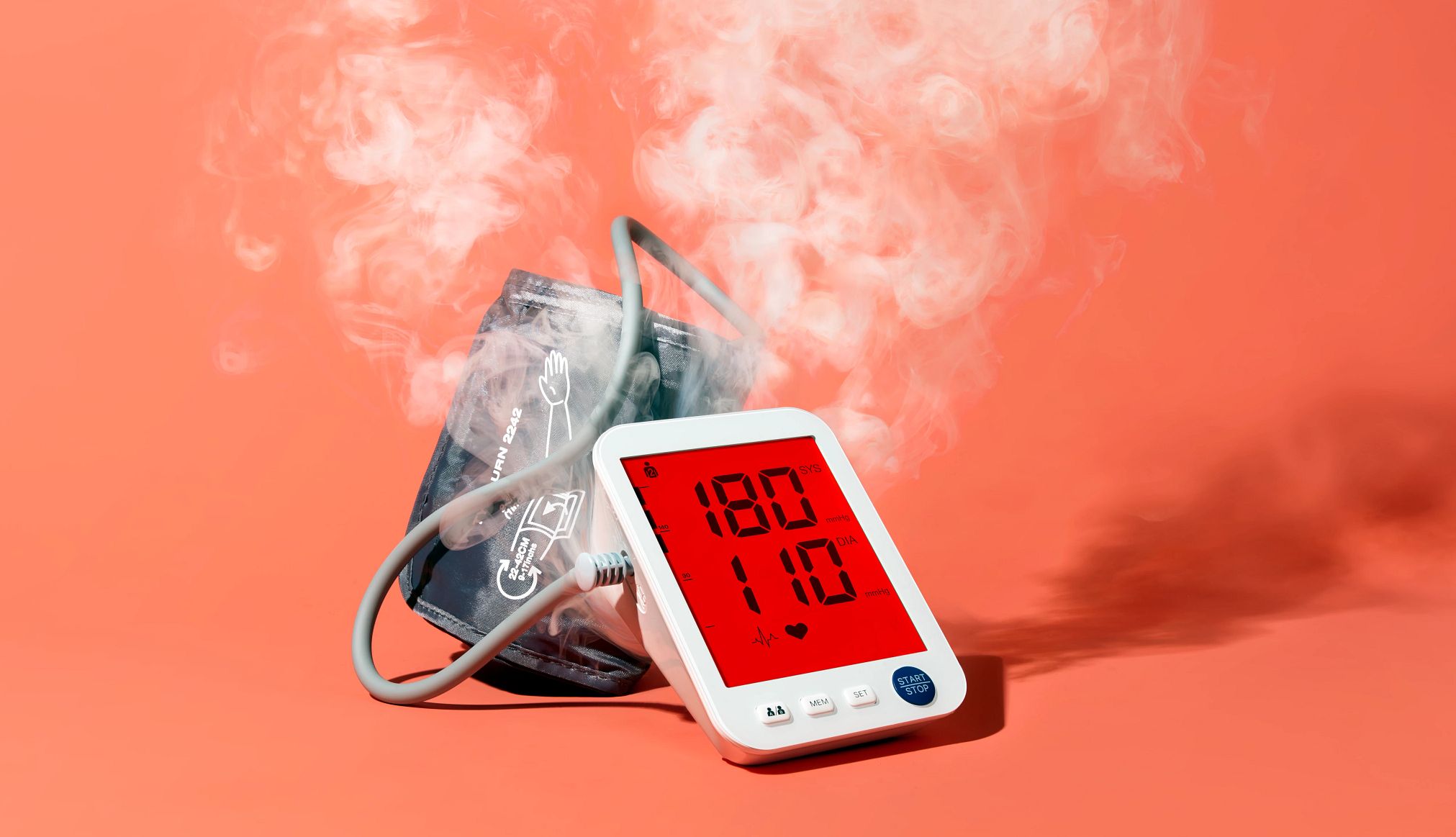AARP Hearing Center


Heart attacks, strokes and other serious cardiovascular events rarely strike without warning. A new study finds that more than 99 percent of people who went on to suffer a serious cardiovascular event already had at least one heart disease risk factor, such as above-optimal blood pressure, cholesterol and blood sugar levels. Current or past tobacco use was also considered in the large study, published Sept. 29 in the Journal of the American College of Cardiology.
Interestingly, the researchers found that levels of these key risk factors didn’t need to be alarmingly high prior to a heart attack or stroke. Even people who weren’t being treated for high blood pressure, high cholesterol or diabetes were at risk, explains Dr. Philip Greenland, the Harry W. Dingman Professor of Cardiology at Feinberg School of Medicine at Northwestern University, and a coauthor on the study.
Heart disease remains the No. 1 killer in the U.S. and globally.
A closer look at the study
What are cardiovascular diseases?
They are diseases and conditions that impact your heart and blood vessels and include:
- Heart failure
- Arrhythmia
- Valve disease
- Peripheral artery disease
- Coronary artery disease/coronary heart disease
- Aortic disease
- Congenital heart disease
- Deep vein thrombosis
- Pericardial disease
- Cerebrovascular disease
These can lead to cardiovascular events such as heart attack, sudden cardiac arrest and stroke.
The researchers evaluated data from more than 9.3 million people from South Korea and nearly 7,000 from the United States, and assessed people for the following nonoptimal risk factors:
- Blood pressure of or higher than 120/80 mm Hg, or those on treatment to lower it
- Total cholesterol of or greater than 200 mg/dL, or those on lipid-lowering treatment
- Fasting glucose at 100 mg/dL, or a diabetes diagnosis or on a glucose-lowering treatment
- Being a current or past smoker at any point before the cardiovascular event
In a secondary analysis, the team also looked at people with higher levels of these risk factors, around what doctors often use for diagnosis and treatment:
- Blood pressure at or higher than 140/90 mm Hg, or those on treatment to lower it
- Total cholesterol of or greater than 240 mg/dL or those on lipid-lowering treatment
- Fasting glucose at or higher than 126 mg/dL or a diabetes diagnosis or on a glucose-lowering treatment
- Current tobacco smoking status at the last exam before the cardiovascular event




































































More From AARP
How to Lower Stress, Cortisol Levels After 50
Lowering the stress hormone can protect your body and brain
Heart Failure: Ignored Signs Can Be Deadly
Recognize symptoms for timely heart failure diagnosis
Heart-Smart Choices for a Healthier Day
Heart-healthy habits for every part of your day